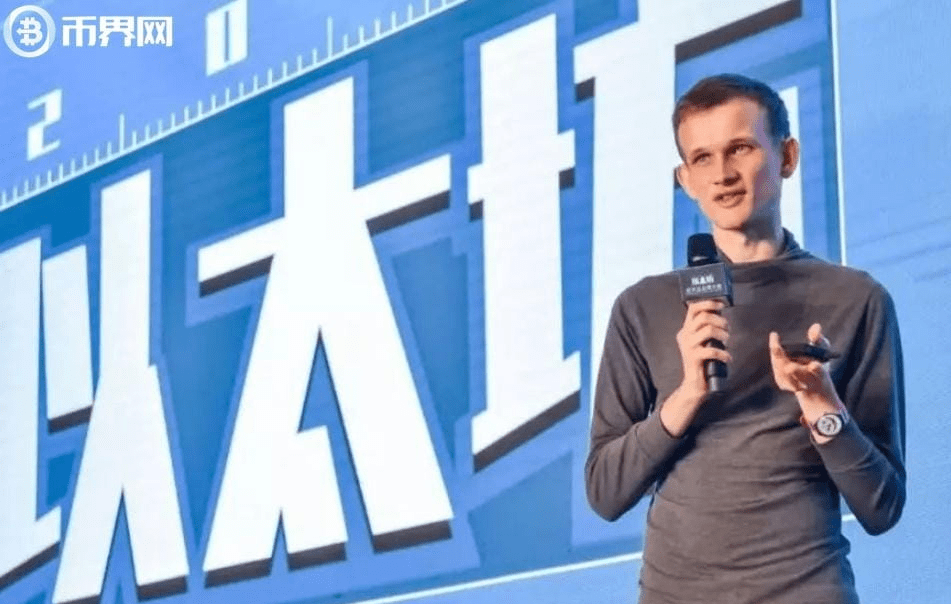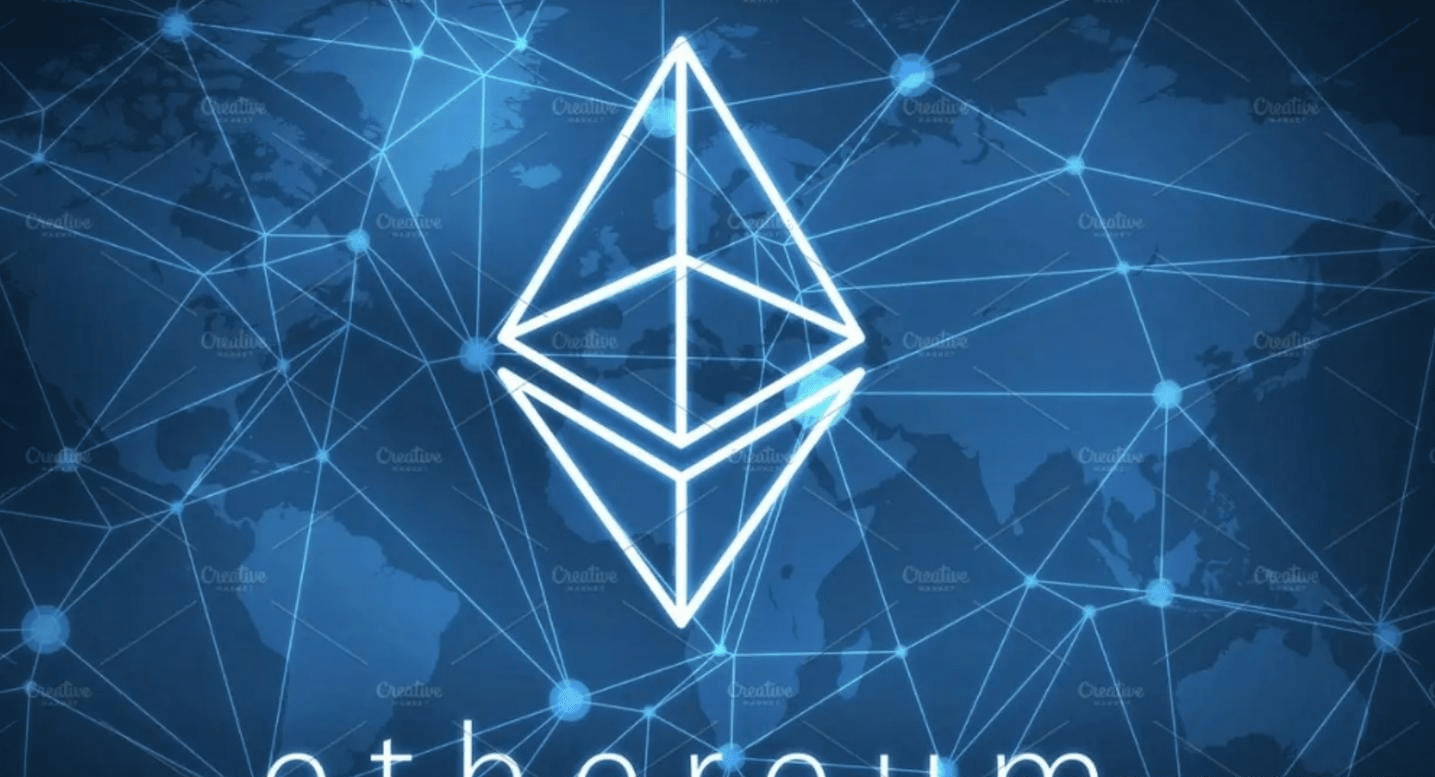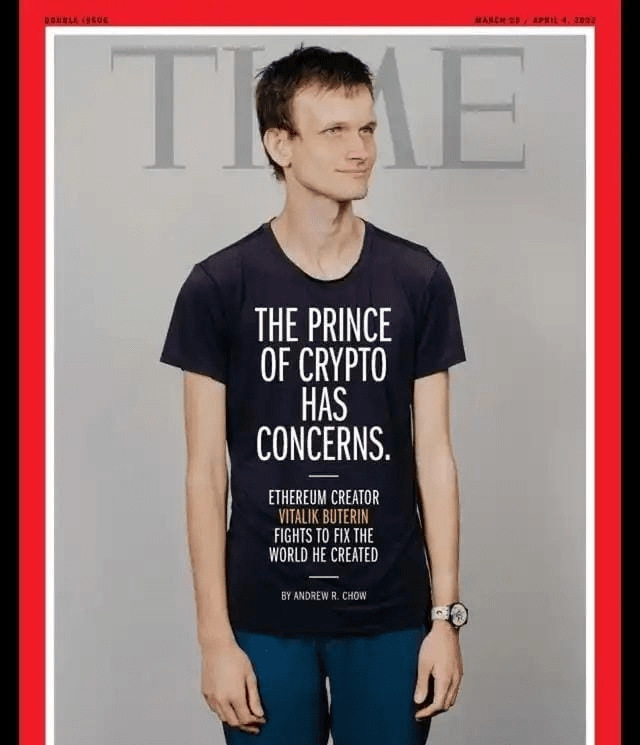In 2013, a 19-year-old Russian-Canadian named Vitalik Buterin felt a new possibility in the wave of Bitcoin. Although Bitcoin pioneered the era of decentralized digital currency, its functionality was limited to peer-to-peer value transfer. Vitalik dreamed of a broader picture: a blockchain platform that could not only handle currency transactions but also run programs and support smart contracts. His inspiration came from a love of technology, cryptography, and the concept of decentralization, as well as a deep insight into the limitations of the existing financial system.
Vitalik presented his ideas in the Bitcoin community but failed to gain widespread support. So, he decided to embark on his journey alone. In November 2013, he published a white paper outlining the blueprint for Ethereum: a decentralized global computer capable of running any code written by developers and executing immutable smart contracts. This white paper was like a spark, igniting the passion of countless developers and dreamers.

Past: From White Paper to Global Phenomenon
2014-2015: A Difficult Start
The birth of Ethereum was not smooth sailing. In 2014, Vitalik and co-founders, including Gavin Wood and Charles Hoskinson, raised $18 million in Bitcoin through crowdfunding to develop the Ethereum network. This crowdfunding was one of the most iconic events in blockchain history, attracting supporters from around the world.
On July 30, 2015, the Ethereum network officially went live. At that moment, the blockchain world welcomed a new chapter. Ethereum's innovation lies in its Turing-complete virtual machine (EVM), which allows developers to build decentralized applications (DApps) on the blockchain. However, early Ethereum faced many challenges: insufficient network stability, high transaction fees, and ongoing community disagreements over the concept of decentralization. The 2016 DAO (Decentralized Autonomous Organization) hacking incident became a significant turning point in Ethereum's history. Hackers exploited vulnerabilities in smart contracts to steal hundreds of millions of dollars worth of Ether, forcing the community to decide to roll back transactions through a hard fork. This decision sparked controversy and led to the split of Ethereum into Ethereum (ETH) and Ethereum Classic (ETC).
Nevertheless, Ethereum's resilience is gradually emerging. The ICO (Initial Coin Offering) boom in 2017 pushed Ethereum onto the global stage. Countless projects used Ethereum to issue tokens and raise funds, sparking a global blockchain entrepreneurship wave. From decentralized finance (DeFi) to crypto art (NFT), Ethereum has become a breeding ground for innovation. However, network congestion and high Gas fees have also exposed its scalability bottlenecks.

Now: Ecological Prosperity and Transformation Pains
By July 2025, Ethereum has grown into a pillar of the blockchain ecosystem. The 'Merge' in September 2022 marked Ethereum's transition from proof-of-work (PoW) to proof-of-stake (PoS), significantly reducing energy consumption and improving sustainability. This transformation not only responded to environmental criticism but also laid the foundation for future scalability upgrades.
The Ethereum ecosystem is now exceptionally prosperous. DeFi platforms like Uniswap, Aave, and MakerDAO handle billions of dollars in transaction volume; NFT markets like OpenSea have sparked a craze for digital art and collectibles; decentralized identity, supply chain management, and gaming sectors are also thriving. Ethereum's Layer 2 solutions, such as Optimism, Arbitrum, and zkSync, have significantly reduced costs and improved transaction speeds through layered transaction processing.
However, Ethereum still faces challenges. The complexity of Layer 2 deters new users, and interoperability issues limit further expansion of the ecosystem. Additionally, pressure from competitors like Solana and Polkadot forces Ethereum to continue innovating. Ongoing discussions within the community about balancing decentralization and efficiency, and optimizing the EIP-1559 fee mechanism, also continue to spark heated debates.
Vitalik himself remains the soul of Ethereum. He is active in the community, promoting the development of Ethereum through blogs, speeches, and proposals. His vision is never limited to technology but aims for Ethereum to become a fair, transparent, and decentralized global infrastructure.

Future: The Journey to a Global Computer
Looking ahead, Ethereum's roadmap is ambitious. According to the Ethereum Foundation's plans, the upcoming upgrades will focus on 'Sharding' and 'Stateless Clients', aimed at further enhancing the network's throughput and efficiency. Sharding technology will split the Ethereum network into multiple parallel chains, significantly increasing transaction processing capacity, expected to be gradually realized by 2026 or later. Meanwhile, advancements in Zero-Knowledge Proofs technology will enhance privacy and scalability, enabling Ethereum to support more complex application scenarios.
The future of Ethereum is not only about technological upgrades but also about its role in the global economy and society. Decentralized finance is expected to reshape the traditional financial system and reduce intermediary costs; NFT and Web3 technologies may redefine digital ownership and creator economies; Ethereum's smart contracts could even become the infrastructure for global governance, voting, and identity verification.
However, the road ahead is not smooth. Regulatory pressures, technical complexities, and community governance disagreements could all become obstacles. Ethereum needs to balance its original intention of decentralization with the needs of the real world while addressing competition from other blockchains. Vitalik has stated: 'The success of Ethereum does not lie in replacing everything, but in providing the world with a trustworthy neutral platform.' This philosophy may be the best guide for Ethereum's future development.
Epilogue: An Unfinished Journey
The story of Ethereum is an epic about dreams, technology, and community. From Vitalik's youthful vision to the collective efforts of millions of developers and users worldwide, Ethereum has changed our understanding of blockchain and decentralization. It is not only a technological breakthrough but also humanity's exploration of freedom, trust, and collaboration.
In the years to come, Ethereum will continue to evolve. It may not be the only blockchain, but it is undoubtedly one of the most groundbreaking. As Vitalik wrote in the 2013 white paper: 'The goal of Ethereum is to become a decentralized world computer.' The story of this computer is still being written, and its next chapter will be co-authored by developers, users, and dreamers around the world.